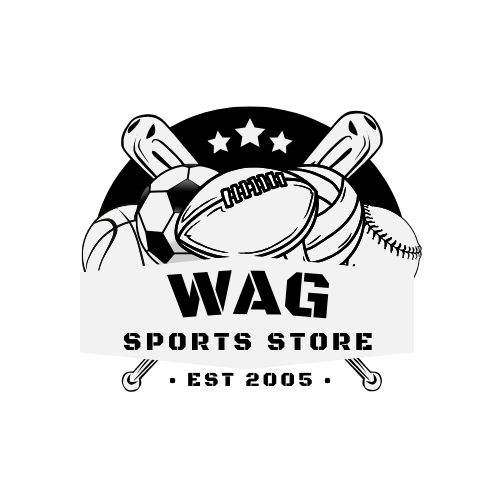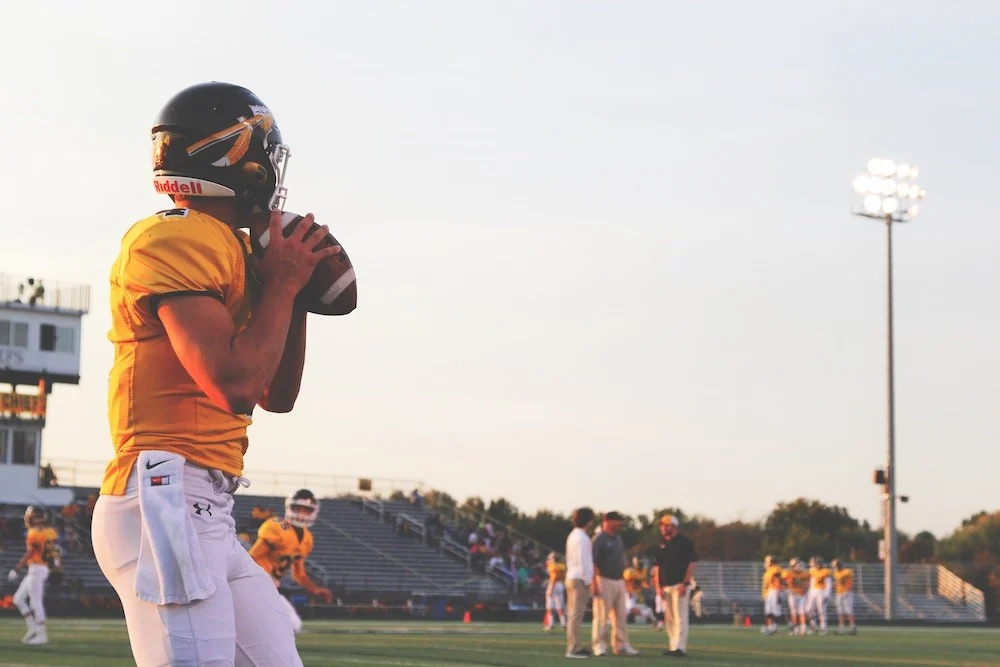Contact sports are thrilling and physically demanding, but they also come with a significant risk of injury. Whether you’re playing football, rugby, hockey, or martial arts, wearing the right protective gear is essential for safety and performance. Below, we cover the most important protective equipment every contact sports athlete should consider, so you can stay safe while playing hard.
1. Helmets
Helmets are among the most crucial pieces of protective gear in contact sports. They are designed to absorb impact, protect your head from concussions, and prevent skull fractures. For sports like football, hockey, and rugby, helmets are a non-negotiable safety measure. Look for helmets that meet the safety standards set by relevant sporting bodies (e.g., the NOCSAE in the U.S. for football helmets) and are properly fitted to ensure maximum protection.
Key Features to Consider:
- Impact resistance: Look for helmets with advanced padding and shock absorption materials.
- Ventilation: Proper airflow keeps your head cool and prevents overheating.
- Fit: The helmet should fit snugly but not be too tight, covering the entire head and face appropriately for the sport.
2. Mouthguards
Mouthguards are essential for protecting your teeth, gums, and jaw from impacts that can occur during contact play. They help prevent dental injuries, concussions, and even jaw fractures. A custom-fitted mouthguard offers the best protection as it molds to your unique dental structure, providing comfort and a secure fit that enhances your ability to breathe and speak.

Tips for Choosing a Mouthguard:
- Material: Opt for high-quality, medical-grade materials.
- Type: Consider custom, boil-and-bite, or stock options based on your budget and needs.
- Fit: The guard should stay in place without impeding speech or breathing.
3. Padding and Protective Clothing
Padding and specialized clothing can make a big difference in preventing injury during contact sports. For football and rugby, padded shirts, shorts, and shoulder pads help absorb impacts and reduce the risk of bruises, fractures, and other soft tissue injuries. In hockey, protective gear like padded shorts, chest protectors, and elbow and shin guards is crucial to avoid serious injuries.
Essential Protective Clothing:
- Shoulder Pads: Essential for contact sports like football and hockey to protect the collarbone and shoulders.
- Elbow and Knee Pads: These help prevent scrapes, bruises, and joint injuries.
- Padded Shorts: These are designed to protect the hips and thighs from heavy impacts.
4. Shin Guards
Shin guards are indispensable in soccer and field hockey, providing protection for the lower leg. They help absorb direct hits from the ball, sticks, or accidental kicks, reducing the risk of fractures and contusions.
Features to Look For:
- Material: Lightweight but durable materials such as plastic or carbon fiber.
- Size and Fit: The guard should cover the shin without restricting movement.
- Comfort: Padding on the inside ensures comfort for long periods of play.
5. Gloves
Gloves protect the hands and fingers and are important in sports like hockey, rugby, and boxing. In hockey, gloves also help players handle the puck effectively while protecting against slashes and impacts. For boxing and martial arts, gloves are crucial for both the athlete’s protection and that of their opponent.
Choosing the Right Gloves:
- Padding: Ensure adequate padding to protect your knuckles and wrists.
- Material: Leather gloves are durable and provide good protection.
- Fit: Gloves should fit snugly to avoid injury from shifting during use.
6. Footwear

For contact sports, footwear is not just about comfort but also about providing the right support and protection. High-quality cleats designed for football, rugby, or soccer help improve traction and prevent ankle sprains and injuries.
Key Features to Consider:
- Support: Good arch and ankle support to prevent injuries.
- Traction: Studs or cleats designed for optimal grip on the playing surface.
- Durability: Choose shoes made from durable materials that can withstand the rigors of your sport.
Contact sports are both exciting and physically demanding, but they come with a risk of injury. Whether you’re playing football, rugby, hockey, or martial arts, wearing the right protective gear is crucial for safety and performance. Below, we cover the most essential protective equipment every contact sports athlete should consider to stay safe while playing hard.
7. Helmets
Helmets are essential for protecting your head from impacts that can lead to concussions and other serious injuries. In sports like football, hockey, and rugby, helmets are non-negotiable. Ensure that the helmet you choose meets the safety standards set by relevant sporting organizations, such as the NOCSAE for football helmets. It should fit snugly without being too tight and should cover the head securely.
Key Features to Look For:
- Impact resistance: Helmets with advanced shock absorption materials.
- Ventilation: Proper airflow helps prevent overheating.
- Fit: A secure, comfortable fit is essential for maximum protection.
8. Mouthguards
Mouthguards protect the teeth, gums, and jaw from impacts that occur during contact play. They help prevent dental injuries, jaw fractures, and even concussions. A custom-fitted mouthguard is ideal as it molds to your teeth for a secure and comfortable fit, enhancing your ability to breathe and speak.
Tips for Choosing a Mouthguard:
- Material: High-quality, medical-grade materials provide the best protection.
- Type: Custom, boil-and-bite, or stock options are available, with custom being the most effective.
- Fit: Ensure it stays securely in place without impacting speech or breathing.
9. Padding and Protective Clothing
Padding and specialized clothing are essential for minimizing the risk of injury. For sports like football and rugby, padded shirts, shorts, and shoulder pads absorb impact and reduce the risk of bruises, fractures, and other injuries. In hockey, padded gear like shorts, chest protectors, elbow, and shin guards is a must for protection.
Must-Have Protective Clothing:
- Shoulder Pads: Essential for contact sports to protect the collarbone and shoulders.
- Elbow and Knee Pads: Protect the joints from scrapes and impacts.
- Padded Shorts: Help absorb shocks to the hips and thighs.
10. Shin Guards
In soccer and field hockey, shin guards are a crucial part of protective gear. They help absorb direct hits from the ball or accidental kicks, preventing fractures and contusions. Look for lightweight yet durable options made from materials like plastic or carbon fiber, ensuring that they fit securely without impeding movement.
11. Gloves
Gloves protect the hands and fingers in sports such as hockey, rugby, and boxing. In hockey, gloves help players handle the puck and protect their hands from slashes. In boxing and martial arts, gloves are necessary for both protection and maintaining safety for opponents.
Key Features:
- Padding: Adequate padding protects the knuckles and wrists.
- Material: Leather gloves offer durability and comfort.
- Fit: A snug fit helps prevent injury and allows for better control.
Conclusion
The right protective gear can make all the difference in preventing injuries and improving your game. From helmets and mouthguards to gloves and pads, each piece of equipment plays a vital role in safeguarding your health while you enjoy your favorite contact sports. Always prioritize quality, fit, and proper sizing, and consult with specialists to ensure your gear meets all safety requirements.
Investing in the right protective gear is vital for any athlete involved in contact sports. The right equipment minimizes the risk of injury, allowing you to focus on performance and enjoy the game with peace of mind. Always prioritize quality and fit when selecting gear and consider consulting with a specialist or trainer to ensure your equipment meets the safety standards required for your specific sport.


